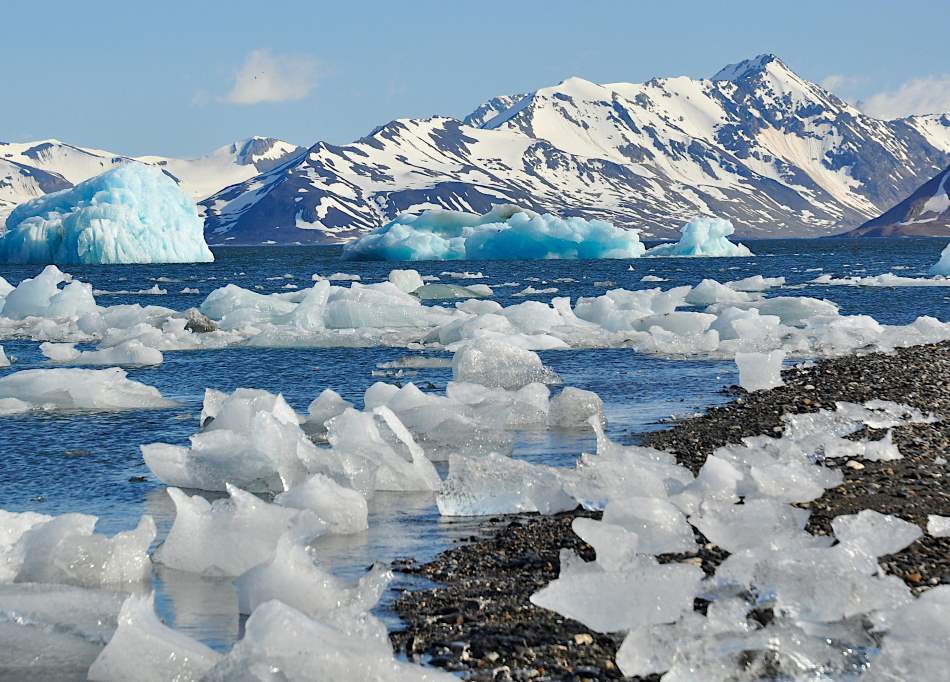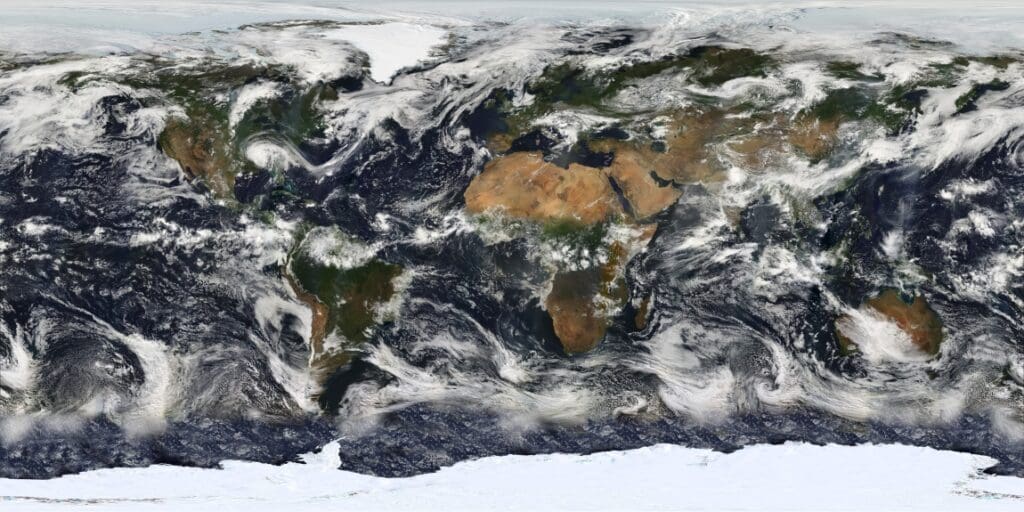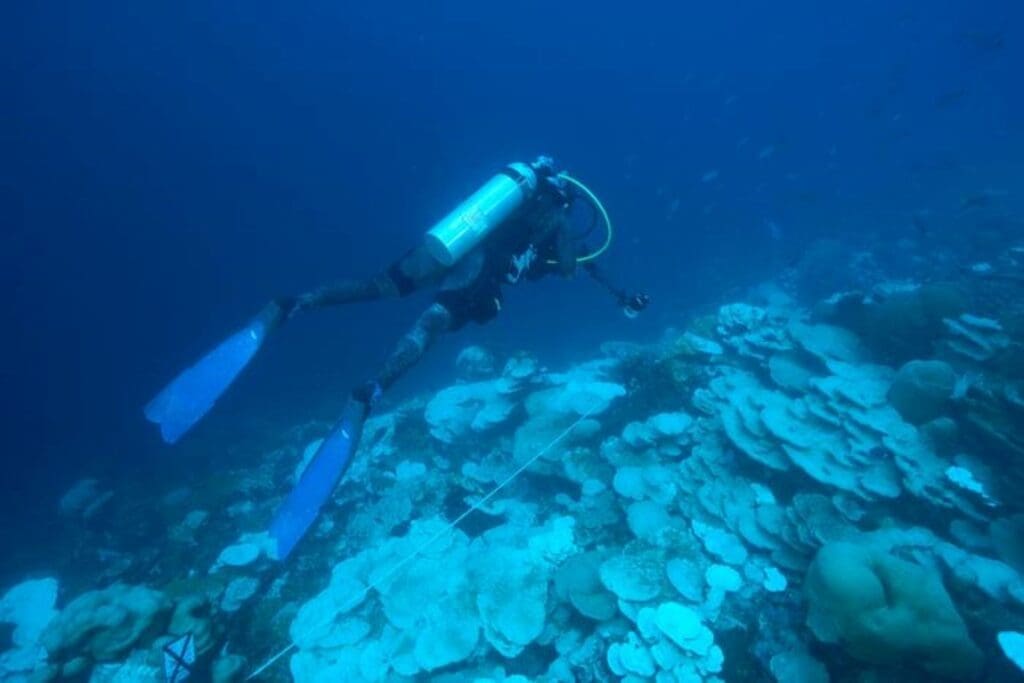Summary:
For decades, scientists have debated whether the Arctic Ocean was entirely sealed beneath a colossal, kilometer-thick ice shelf during past ice ages. A new study published in Science Advances now challenges that long-standing hypothesis.
An international team of researchers, led by the European Research Council Synergy Grant project Into the Blue – i2B, found no evidence of a massive, continuous ice shelf across the Arctic Ocean and Nordic Seas over the last 750,000 years. Instead, their analysis of seafloor sediments from the Yermak Plateau and central Nordic Seas reveals chemical fingerprints of algae that require open water or seasonal sea ice – conditions incompatible with a thick, permanent ice cover.
One key biomarker, IP25, linked to algae that thrive in seasonal sea ice, was present even during the coldest periods, suggesting that parts of the ocean remained exposed and supported marine life. Climate model simulations using the AWI Earth System Model further support the sediment data, showing persistent inflows of Atlantic water that helped maintain seasonal ice dynamics.
These findings reshape our understanding of Arctic glaciation and offer new insight into how sea ice and ocean circulation behaved under extreme conditions – knowledge that can improve projections of future Arctic climate responses.
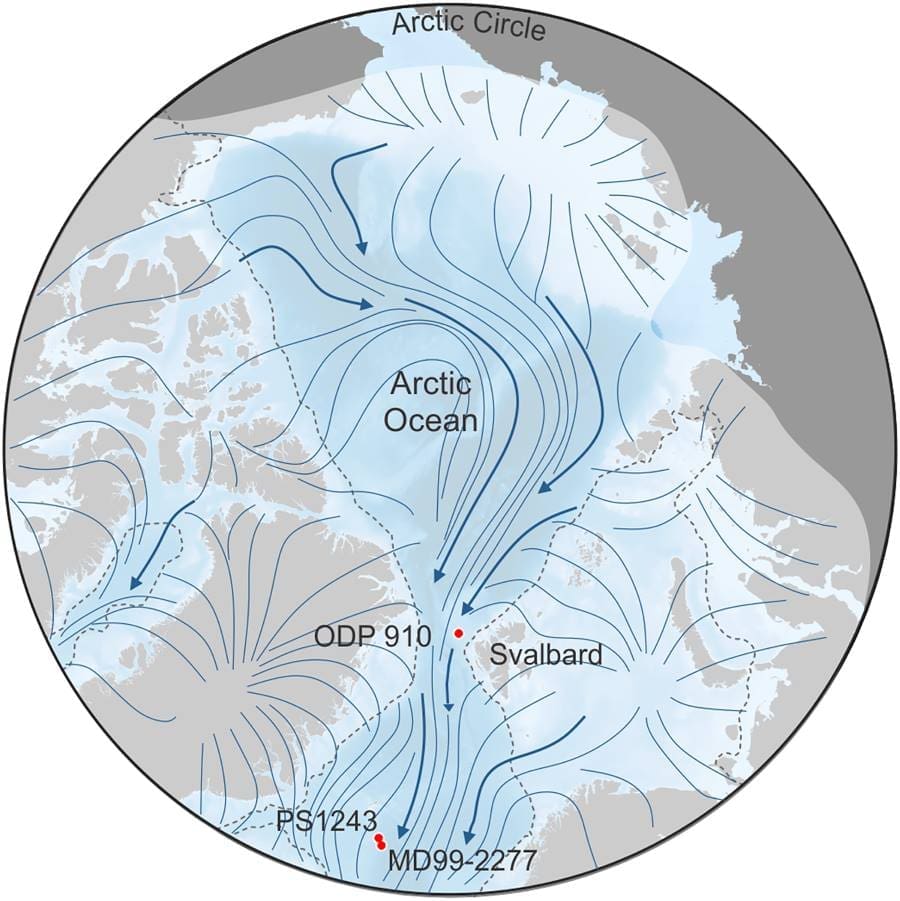
Frozen, but not sealed: Arctic Ocean remained open to life during ice ages
The Arctic Ocean appears to have been covered by seasonal sea ice – leaving open water and life-sustaining conditions even during the harshest periods of cold periods during the last 750,000 years. This discovery gives insights crucial for our understanding of how the Arctic has responded to climate change in the past – and how it might behave in the future.
Tiny traces of life in ancient mud
Led by the European Research Council Synergy Grant project Into the Blue – i2B, the research team studied sediment cores collected from the seafloor of the central Nordic Seas and Yermak Plateau, north of Svalbard. These cores hold tiny chemical fingerprints from algae that lived in the ocean long ago. Some of these algae only grow in open water, while others thrive under seasonal sea ice that forms and melts each year.
“Our sediment cores show that marine life was active even during the coldest times,” said Jochen Knies, lead author of the study, based at UiT The Arctic University of Norway and co-lead of the Into The Blue – i2B project. “That tells us there must have been light and open water at the surface. You wouldn’t see that if the entire Arctic was locked under a kilometre-thick slab of ice.”
One of the key indicators the team looked for was a molecule called IP25, which is produced by algae that live in seasonal sea ice. Its regular appearance in the sediments shows that sea ice came and went with the seasons, rather than staying frozen solid all year round.
Simulating ancient Arctic climates
To test the findings based on the geological records, the research team used the AWI Earth System Model – a high-resolution computer model – to simulate Arctic conditions during two especially cold periods: the Last Glacial Maximum around 21,000 years ago, and a deeper freeze about 140,000 years ago when large ice sheets covered a lot of the Arctic.
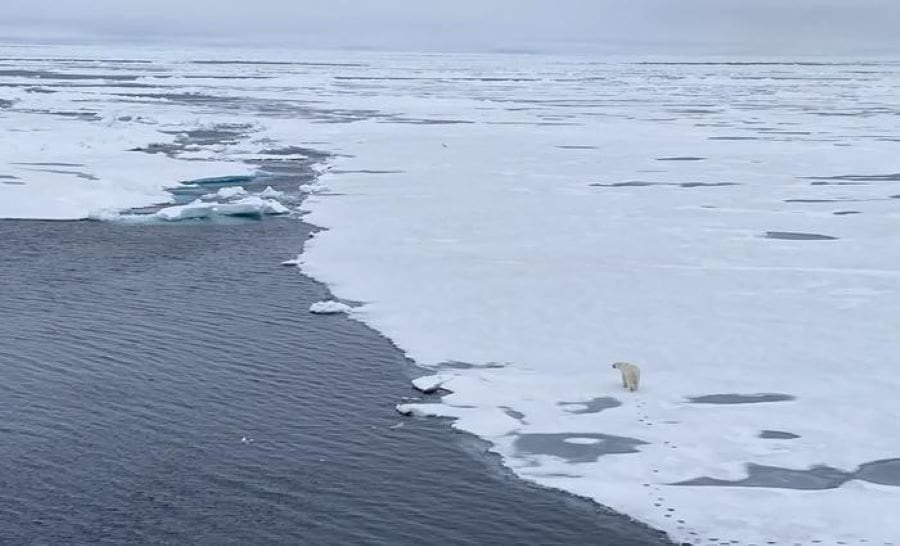
“The models support what we found in the sediments,” said Knies. “Even during these extreme glaciations, warm Atlantic water still flowed into the Arctic gateway. This helped keep some parts of the ocean from freezing over completely.”
The models also showed that the ice wasn’t static. Instead, it shifted with the seasons, creating openings in the ice where light could reach the water – and where life could continue to thrive. This research not only reshapes our view of past Arctic climates but also has implications for future climate predictions. Understanding how sea ice and ocean circulation responded to past climate extremes can improve models that project future changes in a warming world.
“These reconstructions help us understand what’s possible – and what’s not – when it comes to ice cover and ocean dynamics,” said Gerrit Lohmann, co-author of this study, based at Alfred Wegener Institute, Helmholtz Centre for Polar and Marine Research (AWI) and co-lead of Into The Blue – i2B. “That matters when trying to anticipate how ice sheets and sea ice might behave in the future.”
Re-thinking the giant ice shelf theory
Some scientists have argued that features on the Arctic seafloor suggest that a huge, grounded ice shelf once covered the entire ocean. But this new study offers another explanation.
“There may have been short-lived ice shelves in some parts of the Arctic during especially severe cold phases,” said Knies. “But we don’t see any sign of a single, massive ice shelf that covered everything for thousands of years.”
One possible exception could have occurred about 650,000 years ago, when biological activity in the sediment record dropped sharply. But even then, the evidence points to a temporary event, not a long-lasting frozen lid over the Arctic.
Understanding the Arctic’s future
The study sheds new light on how the Arctic has behaved under extreme conditions in the past. This matters because the Arctic is changing rapidly today. Knowing how sea ice and ocean circulation responded to past climate shifts helps scientists understand what might lie ahead.
“These past patterns help us understand what’s possible in future scenarios,” said Knies. “We need to know how the Arctic behaves under stress – and what tipping points to watch for – as the Arctic responds to a warming world.”
Journal Reference:
Jochen Knies, Lukas Smik, Pengyang Song, Monica Winsborrow, Henning A. Bauch, Gerrit Lohmann and Simon T. Belt, ‘Seasonal sea ice characterized the glacial Arctic-Atlantic gateway over the past 750,000 years’, Science Advances 11, 27, eadu7681 (2025). DOI: 10.1126/sciadv.adu7681
Article Source:
Press Release/Material by UiT The Arctic University of Norway
Featured image credit: Jacek Urbanski | Unsplash

